Despite the prevalence of digital devices and communication, the most common everyday writing tool is still a pen. The advent of these writing implements dates back to ancient civilizations in Egypt several millennia ago where people used thin reed brushes or pens to write on scrolls of papyrus. Over the next several thousand years, pens changed from these crude writing implements to complex writing tools.

(Pixabay / Pexels)
Modern pens come in many unique shapes, sizes and styles. However, the most significant differences between the types of pens lie in the pen’s tip and ink delivery method. These two variables determine the sort of ink useable with that pen. Understanding how these tips, inks and styles shape each pen’s strengths can help you choose the pen that is best for you.
Dip Pen
The earliest pens to arrive on the historical scene fall into this category. The first dip pens were carved out of reeds or quills. Early scribes dipped the tip of these instruments into an inkwell to pick up the ink with which to write.
Modern dip pens consist of a handle to which a metal nib is mounted. The metal nib has narrow channels that allow the ink to flow to the paper under capillary action. These pens are challenging to use because they do not have a reservoir for ink. The writer must dip the nib in ink frequently to continue writing. Thus, dip pens are not a popular choice for casual use. However, they are a favorite choice for calligraphy, comics, and other art forms.
One benefit to using a dip pen is that you have more ink choices. Dip pens can be used with inks that would damage a modern fountain pen, including India Ink, acrylic ink, or iron gall ink.
Fountain Pen
Easier for the average consumer to use than a dip pen, fountain pens have been a popular choice since they first appeared in the 10th century AD. The best innovation introduced by the fountain pen is the reservoir. For the first time, an inkwell was not necessary. The pen’s ink could be stored inside the shaft. This internal storage also eliminated the need to stop writing to dip the nib when it ran out of ink.
The reservoir in a fountain pen can be either disposable or refillable. If your fountain pen is not refillable, you may be able to add a cartridge converter. Cartridge converters allow you to refill your pen with the ink of your choice.
Fountain pens do not require moving parts to write. The water-based ink flows from the internal reservoir to the nib under the pull of gravity by capillary action. However, this action relies on gravity to draw the ink down to the page, preventing you from writing if the pen is not pointed nib down on a document. Fortunately, this problem is rarely limiting as most of us write on a table or desk the majority of the time.
Ballpoint Pen
The most common type of pen today, ballpoint pens, can be very inexpensive. The tip of the pen, from which it gets its name, has a small ball made of steel, brass, or tungsten carbide. The ball is tiny, ranging in size from 0.5-1.2mm. As the ball rolls across the page, it picks up oil-based ink from the pen and releases it on the paper. This ink dries almost immediately, reducing the incidence of smudges. However, the ink in ballpoint pens can dry up or clog. These problems can result in frustration when either too little or too much ink lands on the page.
Rollerball Pen
At first glance, it may be difficult to tell a rollerball pen from a ballpoint pen, as they both leverage spinning balls in the tip to deliver ink. However, the ink in a rollerball pen is water-based or gel ink. This ink is less viscous than the oil-based ink of a ballpoint pen. Due to the thinner, smoother ink texture, rollerball pens move more easily across the paper as you write. Being water-based, the ink is quickly absorbed into the paper as well. Rollerball ink cartridges make refilling your pen with high-quality ink quick and easy. This mix of features makes a rollerball a good middle ground between a ballpoint pen and a fountain pen. The gel inks can add an infinite variety in color, texture, and sheen. Gel inks come in metallic, glitter, neon, invisible, and glow-in-the-dark inks, to name just a few.
Gel Pen
Dedicated gel pens are a favorite for not only writing but illustration as well. The unique gel ink shows up better than other ink varieties on slick or dark surfaces. Gel ink is more visible because it is thick and opaque. While still water-based, it consists of pigment suspended in gel. Often sold in craft stores, gel pens are popular for the color variety they offer for various uses.
Over the years, pens have become more than just a tool for writing—they help perpetuate an art form, they become valuable collector’s items and they are gifted to mark sentimental occasions such as graduations and retirements (think of a beautiful Pilot Vanishing Point pen or gold-plated ballpoint pen). Whether you are looking for a display piece, a new calligraphy set, or something for completing homework, there is a pen for every use and budget. Trying a new type may just lead you to find your next favorite pen.

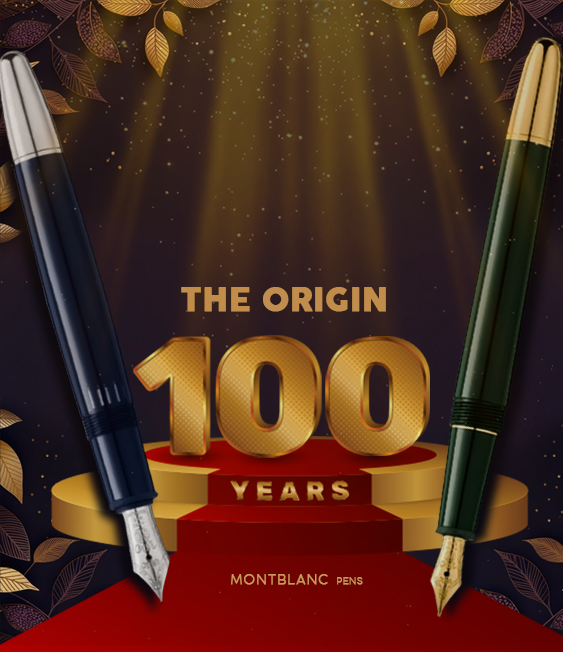
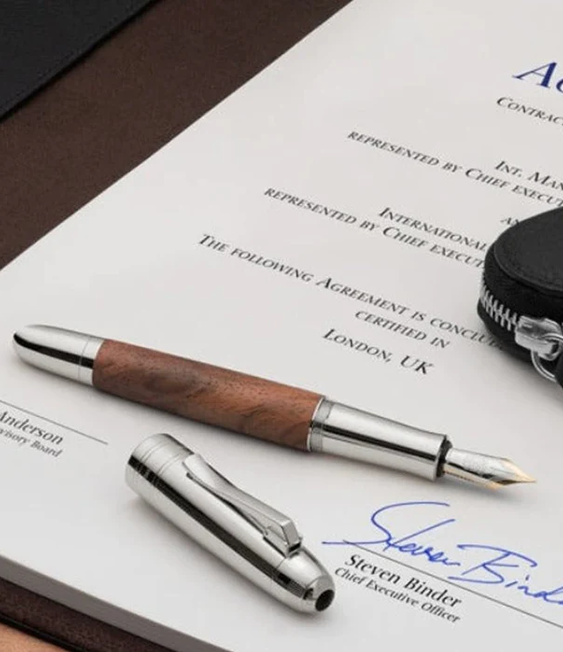
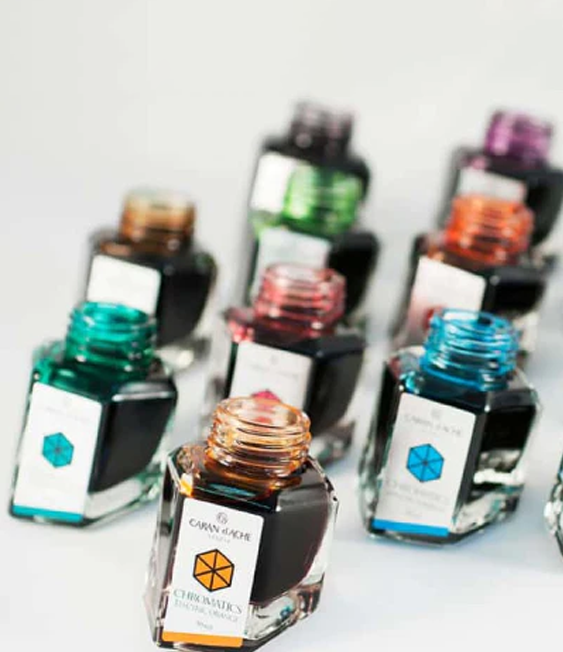
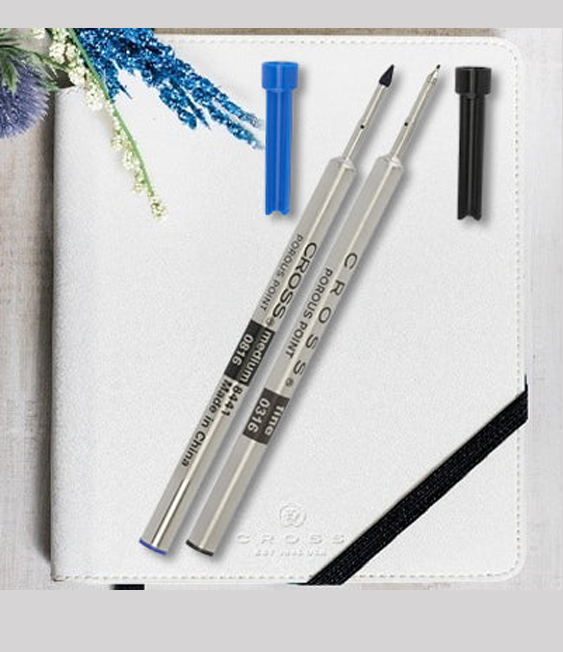
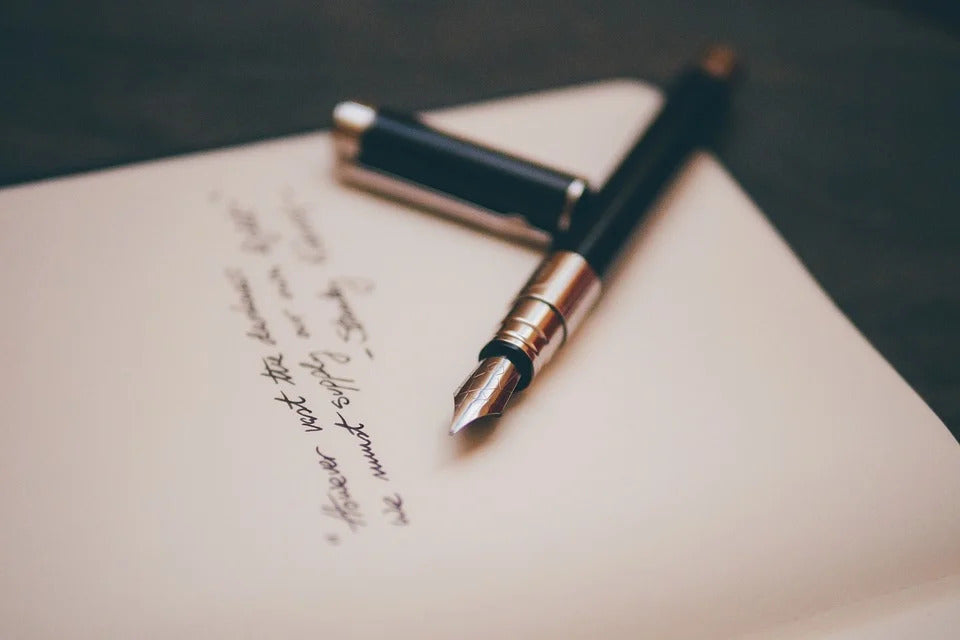




1 comment
Lorne Rowe
What different ball diameters are available in rollerball pens? Does any particular diameter have an advantage over another? If different diameters are available for a specific pen, how does one go about specifying the desired diameter when ordering?
Thanks for your help!
What different ball diameters are available in rollerball pens? Does any particular diameter have an advantage over another? If different diameters are available for a specific pen, how does one go about specifying the desired diameter when ordering?
Thanks for your help!